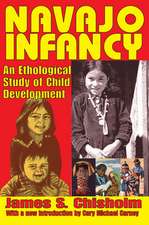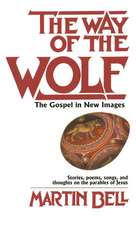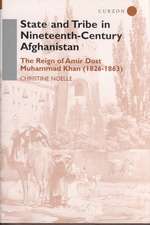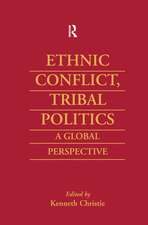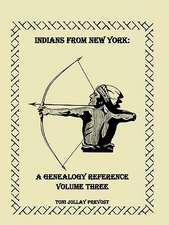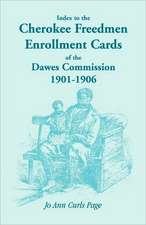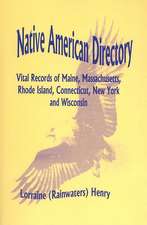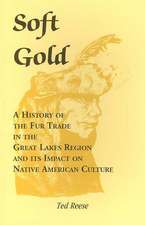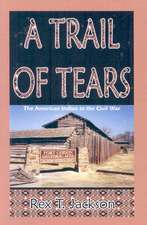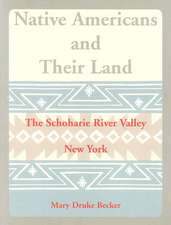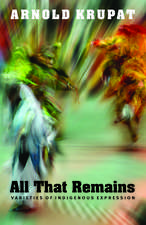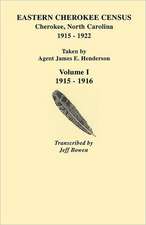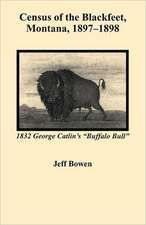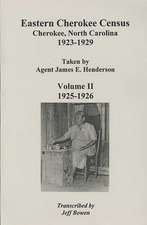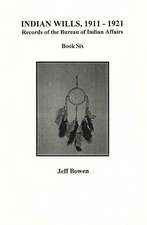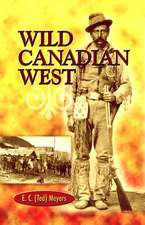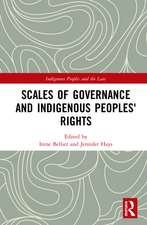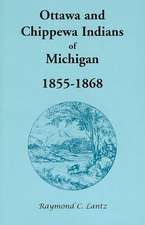Population Mobility and Indigenous Peoples in Australasia and North America: Routledge Research in Population and Migration
Editat de Martin Bell, John Tayloren Limba Engleză Hardback – 25 dec 2003
Preț: 374.54 lei
Nou
Puncte Express: 562
Preț estimativ în valută:
71.69€ • 77.90$ • 60.26£
71.69€ • 77.90$ • 60.26£
Carte tipărită la comandă
Livrare economică 21 aprilie-05 mai
Preluare comenzi: 021 569.72.76
Specificații
ISBN-13: 9780415224307
ISBN-10: 0415224306
Pagini: 296
Ilustrații: 1
Dimensiuni: 152 x 229 x 18 mm
Greutate: 0.57 kg
Ediția:1
Editura: Taylor & Francis
Colecția Routledge
Seria Routledge Research in Population and Migration
Locul publicării:Oxford, United Kingdom
ISBN-10: 0415224306
Pagini: 296
Ilustrații: 1
Dimensiuni: 152 x 229 x 18 mm
Greutate: 0.57 kg
Ediția:1
Editura: Taylor & Francis
Colecția Routledge
Seria Routledge Research in Population and Migration
Locul publicării:Oxford, United Kingdom
Public țintă
Postgraduate and ProfessionalNotă biografică
John Taylor is a Senior Fellow at the Australian National University's Centre for Aboriginal Economic Policy Research. For the past twenty years his research interests have focussed on the measurement of demographic and economic change among Indigenous Australians. Martin Bell is Senior Lecturer in Geography and Director of the Queensland Centre for Population Research at the University of Queensland. His major research interests focus on population mobility and internal migration, and on demographic forecasting and projection, especially at the local and regional level.
Recenzii
'[This is] an important and welcome addition to the academic literature regarding indigenous population mobility ... the strength of this book ... is that it marks a foundational gathering of data from which a number of exciting and progressive research agendas and theoretical frameworks can be drawn and developed.' - Progress in Human Geography
Cuprins
1. Introduction: New World Demography John Taylor and Martin Bell Part One: International Perspectives 2. Continuity and Change in Indisgenous Australian Population Mobility John Taylor and Martin Bell 3. Flirting with Zelinsky in Aoteoroa/New Zealand: a Maori Mobility Transition Richard Bedford and Ian Pool 4. Migration and Spatial Distribution of American Indians in the Twentieth Century Karl Eschbach 5. Government Policy and the Spatial Distribution of Canada's Aboriginal Peoples James Frideres, Madeline Kalbach, and Warren Kalbach Part Two: Data Issues and Analysis 6. Data Sources and Issues for the Analysis of Indisgenous Peoples Mobility Bruce Newbold 7. Registered Indian Mobility and Migration in Canada: Patterns and Implications Mary Jane Norris, Marty Cooke, Dan Beavon, Eric Guimond, and Stewart Clatworthy Part Three: Local Contingency 8. The Politics of Maori Mobility Manuhuia Barcham 9. American Indians and Geographic Mobility: Some Parameters for Public Policy C. Matthew Snipp 10. The Formation of Contemporary Aboriginal Settlement Patterns in Australia: Government Policies and Programs Alan Gray 11. Myth of the Walkabout: Movement in the Aboriginal Domain Nicolas Peterson 12. The Social Underpinnings of an Outstation Movement in Cape York Peninsula, Australia Benjamin Richard Smith 13. Conclusion: Emerging Research Themes Martin Bell and John Taylor
Descriere
Focusing on the four 'New World' countries - Australia, New Zealand, Canada and the United States - this book explores key themes and issues in indigenous mobility.











